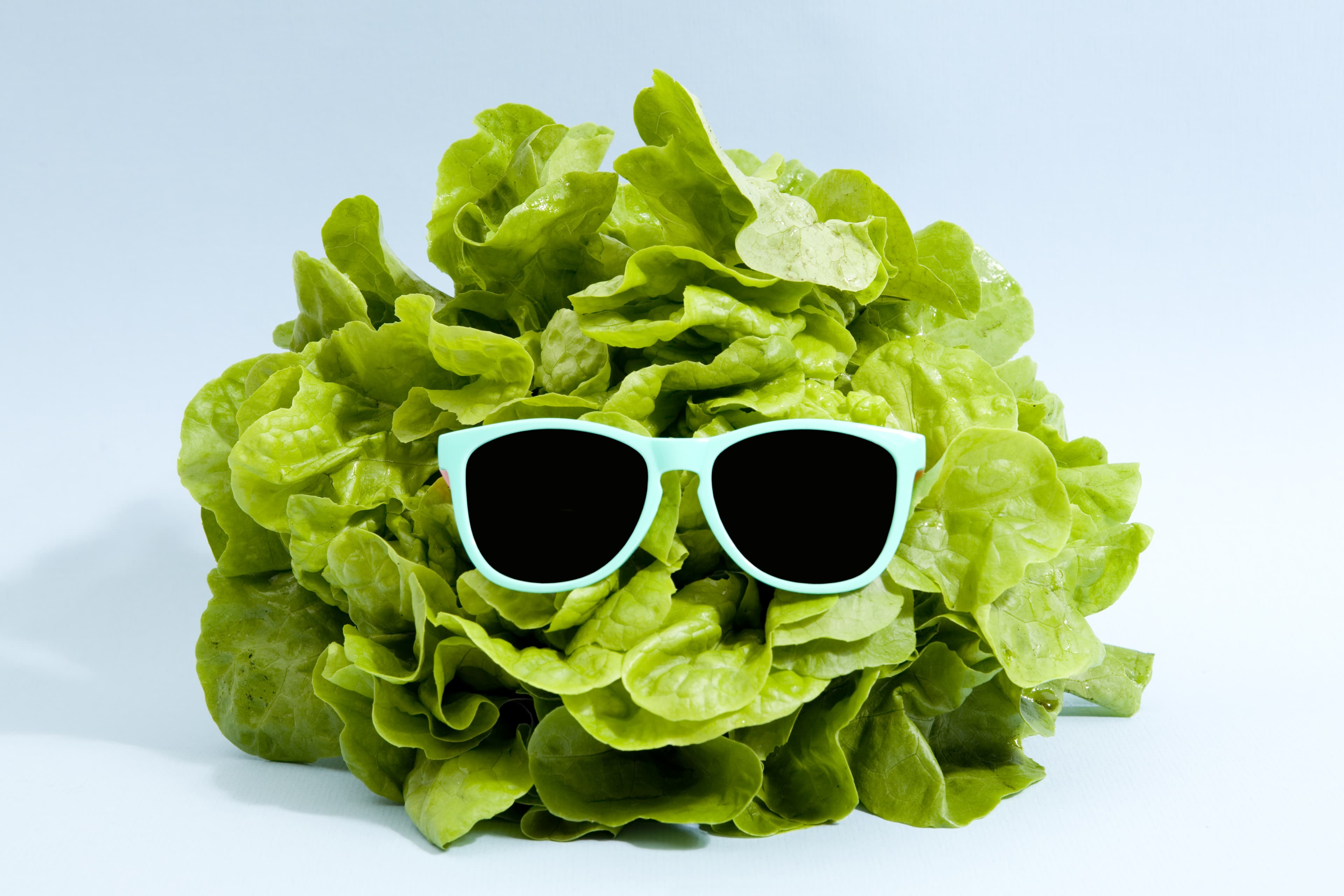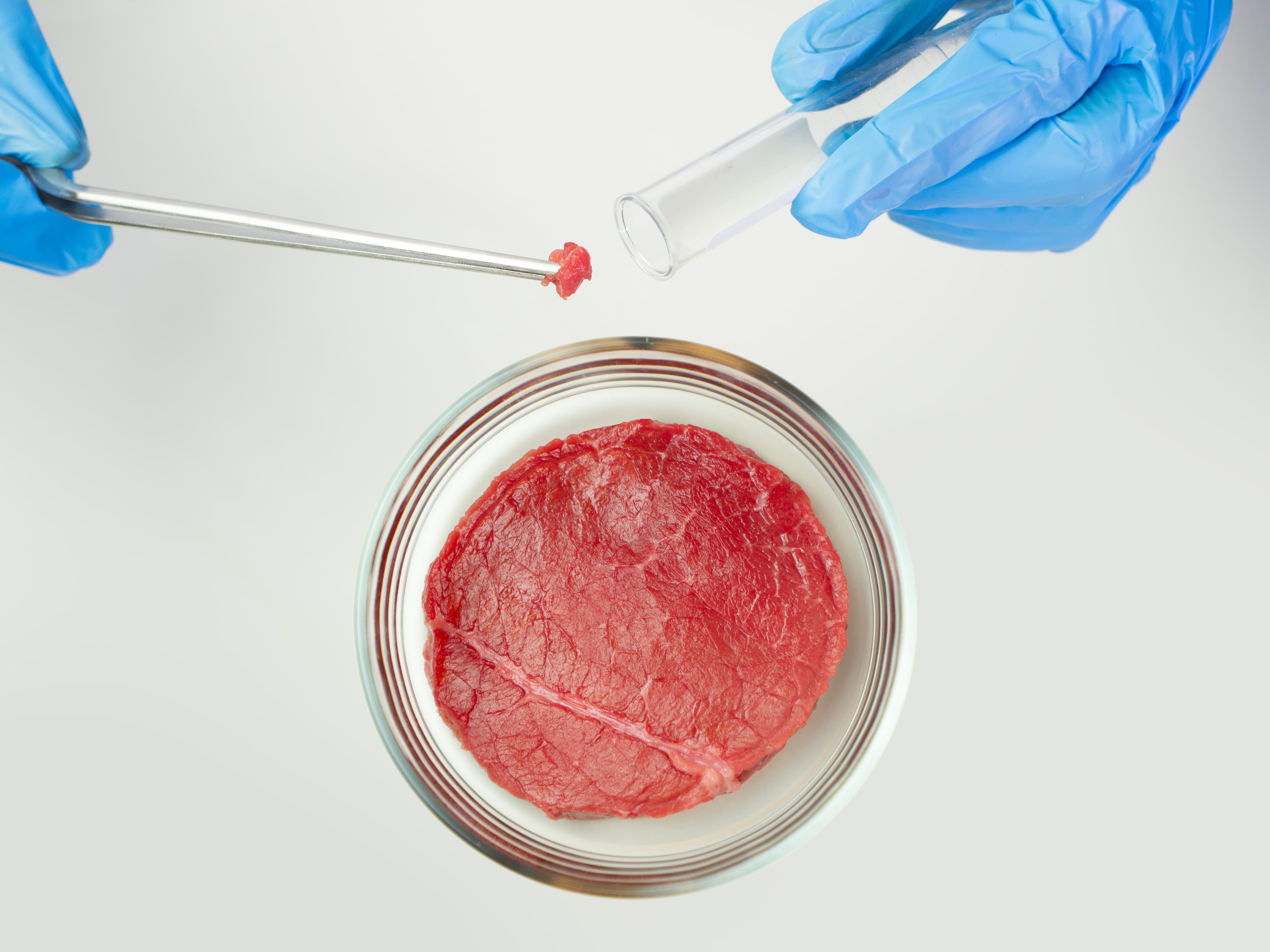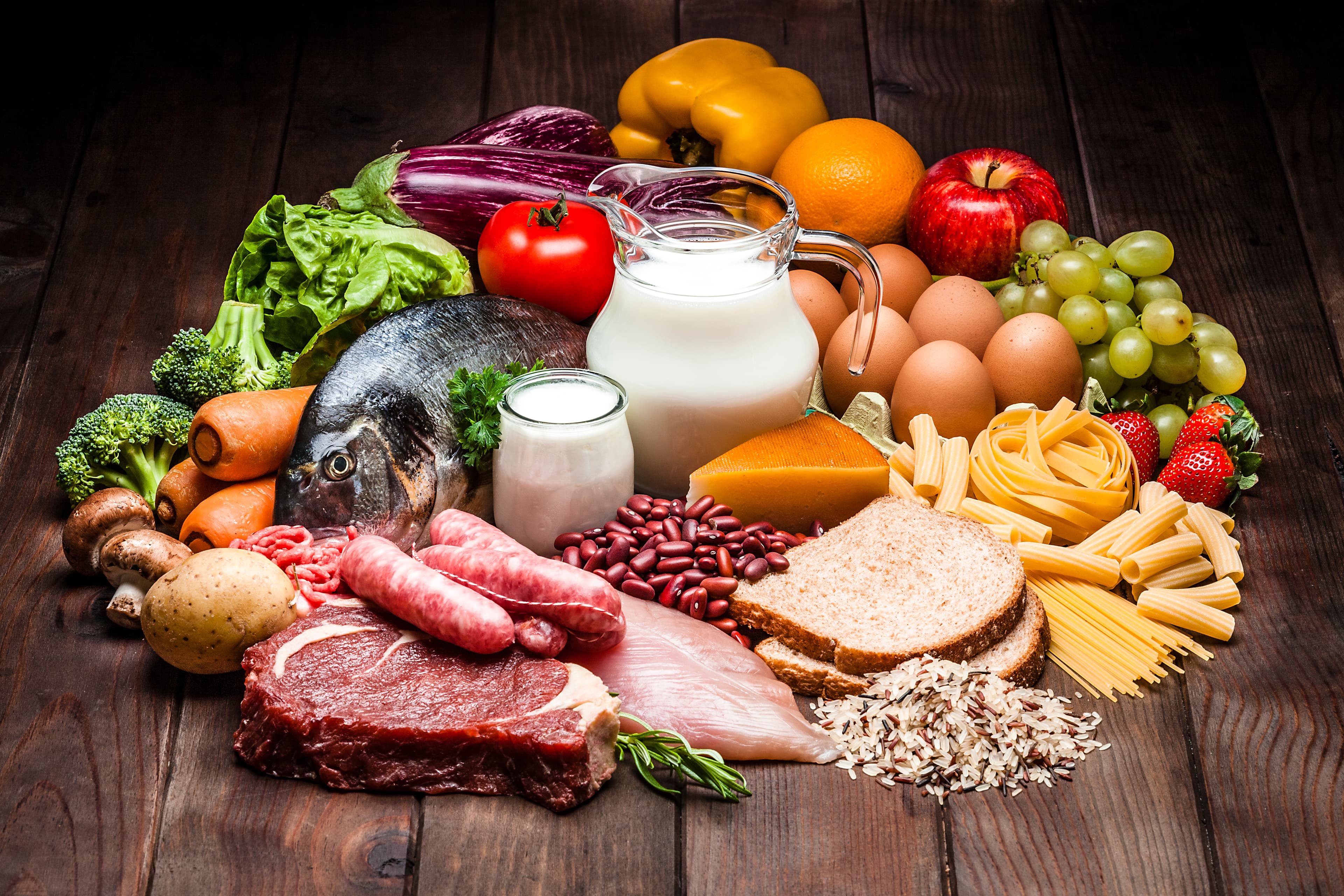
The menu headliners of the future
When people talk of the transition in the professional kitchen, they are often referring to automated work processes, new ways of presenting food or practical helpers that make everyday workflows from the cold storage house to the hob easier.
But another question that deserves just as much attention is: What dishes will professional kitchens be cooking up in the future? What will be the impact of aspects like new consumer expectations, innovations in food production and how to ensure the responsible treatment of valuable resources?
The Food Report 2024 by Hanni Rützler and the Frankfurt-based Zukunftsinstitut offers some answers. The renowned nutritionist and trend researcher has identified several key developments in the future of food culture, which – if implemented cleverly – will take the culinary offerings in restaurants, canteens and the like to a whole new level.

Plants set to become the stars of the show
The vegetarian and vegan boom shows no sign of slowing. More and more consumers are becoming aware of the ethical and climate impact of many animal products, and are opting for alternatives. The variety has long grown beyond meat or fish substitutes that taste as similar to the original as possible. A new class of high-end plant-based cuisine is emerging, a "cuisine that puts plant-based products at the centre of the plate and emancipates vegetables, pulses and fruit from their previous role as side dishes," explains Hanni Rützler.

More high-tech, less herd mentality
Laboratories have become a hub of fascinating ideas for more sustainable food production. Precision fermentation, for example, produces dairy-free cheese with yeasts. Cultured meat and fish are made using animal muscle and fat cells. Dismissed by the media as a science-fiction fantasy just a few years ago, lab-grown meat has now reached market maturity and is authorised for sale in Singapore and the USA.

The many facets of sustainability
For conscious consumers, the entire food journey is becoming increasingly important – from the cultivation conditions and carbon footprint during transport to the question of what happens to leftovers in restaurants, canteens and cafeterias.
This is where three trends unite to give food service providers a wide range of opportunities to stand out from the competition:
· Regenerative foods come from the cultivation of arable land that does not exploit the soil, but rather actively strengthens the humus layer. "The production of food based on the criteria of regenerative agriculture is not just a response to the threats posed by climate change, but also diversifies the plant species we consume and thus ensures more variety on our plates," outlines Hanni Rützler.
· Local exotics describe the trend of adapting agriculture to rising temperatures. Specifically, this development sees land that was once only used to grow corn or wine now also cultivating peanuts, saffron and wasabi or farming prawns. This also answers the call for more regionality and avoids long delivery routes across the globe.
· Re-use food sees nothing as waste, only valuable raw materials. Potato peelings become crispy chips; leftover bread is conjured into delicious croutons. The re-use food concept is a true enrichment for every menu and offers enormous potential. After all, more than a third of the food produced in Germany is still thrown away.

Food trends 2024: Here to stay
The Food Report 2024 leaves no doubt: Professional kitchens are also seeing change and upheaval when it comes to their menus. This may present some challenges, but above all, it heralds the dawn of promising opportunities. Those who pay close attention to the food trends for 2024 and adapt them for their own companies and requirements will reap multiple benefits – through a highly attractive range of dishes, motivating, fresh inspiration for their own team and an essential contribution to climate and environmental protection. Or as Hanni Rützler sums it up, "The future of food lies in diversity. And diversity means a variety of regionally adapted, regenerative production methods that are also open to innovative technologies and therefore offer a plethora of old, new and rediscoverable flavours."
 Eye-catcher with added value
Eye-catcher with added valueA customised look for catering products brings real benefits for managers and guests. Whether colour accents, decors or logos, B.PRO offers a wide range of options for personalising food serving counters and other equipment.
 Company restaurant with a feel-good atmosphere
Company restaurant with a feel-good atmosphereThe modernisation of the Bühler company restaurant and snack bar at its site in Leobendorf, Austria is already yielding tangible results among employees. B.PRO contributed solutions for modern food serving.
 Expertise from one single source
Expertise from one single sourceB.PRO supplies system solutions that have it all: They increase the attractiveness of the culinary offer and facilitate work processes. This holistic approach is also evident in project management.
